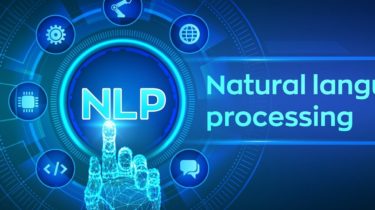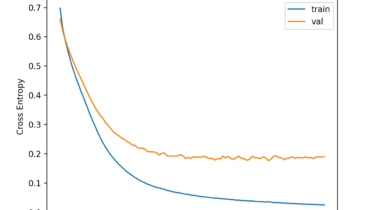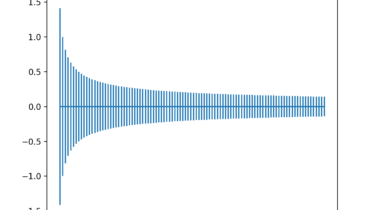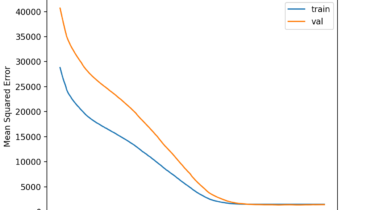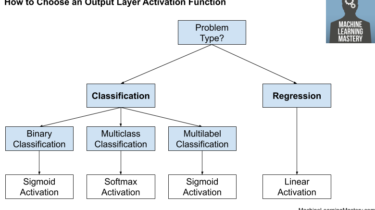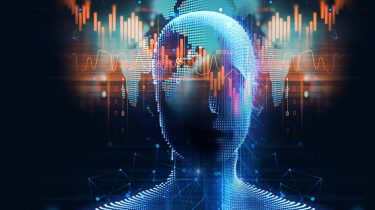Language Translation with Transformer In Python!
This article was published as a part of the Data Science Blogathon Introduction Natural Language Processing (NLP) is a field at the convergence of artificial intelligence, and linguistics. The aim is to make the computers understand real-world language or natural language so that they can perform tasks like Question Answering, Language Translation, and many more. NLP has lots of applications in different fields. 1. NLP enables the recognition and prediction of diseases based on electronic health records. 2. It is used […]
Read more